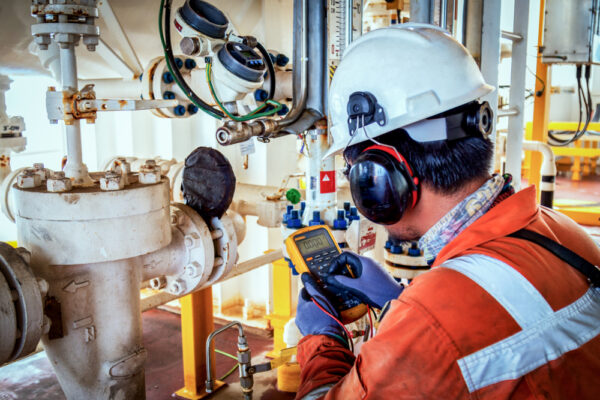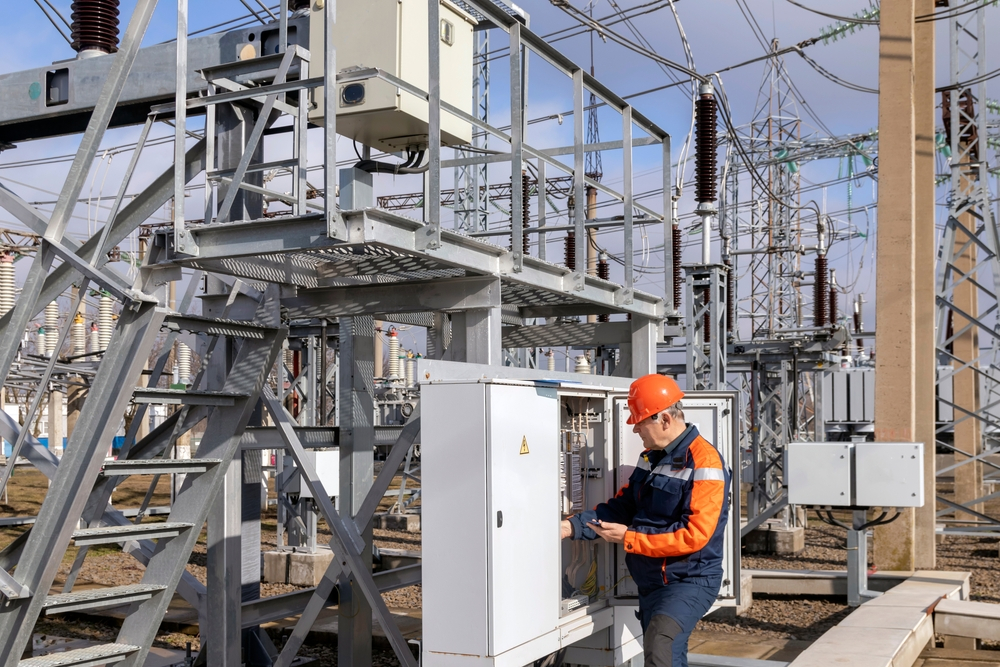Some Of Roar Solutions
Some Of Roar Solutions
Blog Article
The Only Guide for Roar Solutions
Table of ContentsThings about Roar SolutionsThe 30-Second Trick For Roar SolutionsOur Roar Solutions Ideas
In order to shield setups from a possible surge a method of analysing and classifying a potentially unsafe area is needed. The purpose of this is to make certain the right option and setup of equipment to inevitably prevent an explosion and to make certain safety and security of life.
(https://pubhtml5.com/homepage/lnwzg/)
No equipment must be mounted where the surface area temperature of the tools is above the ignition temperature level of the given threat. Below are some typical dust dangerous and their minimum ignition temperature. Coal Dust 380C 225C Polythene 420C (melts) Methyl Cellulose 420C 320C Starch 460C 435C Flour 490C 340C Sugar 490C 460C Grain Dirt 510C 300C Phenolic Resin 530C > 450C Aluminium 590C > 450C PVC 700C > 450C Residue 810C 570C The likelihood of the risk existing in a concentration high enough to create an ignition will vary from area to location.
Harmful location electric devices perhaps created for usage in greater ambient temperature levels. Field Repair Work By Authorised Personnel: Complex testing may not be needed nevertheless specific procedures might require to be followed in order for the tools to preserve its 3rd celebration score. Each piece of equipment with a harmful score must be evaluated separately.
The Buzz on Roar Solutions
The tools register is a comprehensive data source of tools records that includes a minimum set of areas to identify each product's location, technical criteria, Ex category, age, and ecological data. This information is essential for tracking and taking care of the tools properly within dangerous locations. On the other hand, for routine or RBI tasting evaluations, the grade will be a mix of Detailed and Close examinations. The ratio of Detailed to Shut evaluations will be established by the Devices Threat, which is evaluated based upon ignition danger (the likelihood of a source of ignition versus the likelihood of a combustible atmosphere )and the dangerous area classification
( Zone 0, 1, or 2). This variation will certainly additionally affect the resourcing demands for work preparation. Once Lots are defined, you can develop tasting plans based upon the example size of each Lot, which describes the number of random tools things to be checked. To determine the required example size, two aspects require to be assessed: the size of the Whole lot and the group of evaluation, which shows the level of effort that ought to be applied( decreased, normal, or boosted )to the assessment of the Great deal. By integrating the classification of evaluation with the Lot size, you can then develop the ideal rejection requirements for an example, meaning the permitted variety of malfunctioning products located within that example. For even more details on this process, please describe the Energy Institute Guidelines. The IEC 60079 basic advises that the optimum period in between inspections must not exceed 3 years. EEHA inspections will certainly likewise be carried out beyond RBI projects as part of arranged upkeep and equipment overhauls or repair services. These examinations can be credited toward the RBI example dimensions within the affected Whole lots. EEHA evaluations are carried out to recognize mistakes in electrical equipment. A weighted racking up system is important, as a solitary tool may have numerous faults, each with varying levels of ignition threat. If the combined rating of both evaluations is much less than two times the mistake rating, the Whole lot is deemed appropriate. If the Great deal is still thought about undesirable, it has to go through a complete examination or justification, which might set off more stringent examination procedures. Accepted Whole lot: The causes of any faults are recognized. If a typical failing mode is found, additional devices might require maintenance. Faults are classified by seriousness( Safety and security, Integrity, Housekeeping ), guaranteeing that immediate concerns are assessed and attended to immediately to reduce any effect on safety and security or procedures. The EEHA database should track and tape the lifecycle of mistakes along with the corrective activities taken. Carrying out a durable Risk-Based Assessment( RBI )strategy is vital for ensuring compliance and safety in handling Electric Equipment in Hazardous Locations( EEHA) (high voltage courses). Automated Mistake Rating and Lifecycle Management: Effortlessly handle mistakes and track their lifecycle to boost examination accuracy. The intro of this assistance for risk-based assessment even more strengthens Inspectivity's placement as a best-in-class solution for regulative conformity, in addition to for any kind of asset-centric assessment usage situation. If you have an interest in finding out more, we invite you to request a demonstration and uncover exactly how our option can transform your EEHA administration procedures.
The Basic Principles Of Roar Solutions

In terms of explosive risk, an unsafe area is an environment in which an eruptive environment exists (or may be anticipated to be existing) in quantities that call for unique safety measures for the building, installation and use equipment. high voltage courses. In this article we explore Get More Info the difficulties dealt with in the office, the danger control procedures, and the needed proficiencies to work securely
It issues of contemporary life that we produce, keep or take care of a variety of gases or liquids that are deemed flammable, and a variety of dusts that are considered combustible. These substances can, in specific conditions, develop explosive atmospheres and these can have major and awful effects. The majority of us recognize with the fire triangle eliminate any kind of among the 3 components and the fire can not occur, however what does this mean in the context of harmful locations? When breaking this down right into its most basic terms it is essentially: a combination of a specific quantity of launch or leakage of a certain material or product, combining with ambient oxygen, and the visibility of a source of ignition.
In the majority of instances, we can do little concerning the levels of oxygen in the air, however we can have considerable impact on sources of ignition, for instance electric tools. Harmful locations are recorded on the dangerous area classification illustration and are recognized on-site by the triangular "EX" indication. Right here, among other key details, zones are split right into 3 kinds relying on the risk, the chance and period that an explosive atmosphere will exist; Area 0 or 20 is regarded one of the most hazardous and Zone 2 or 22 is considered the least.
Report this page